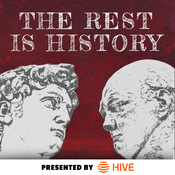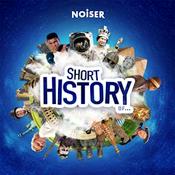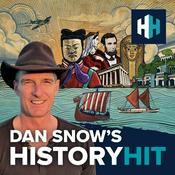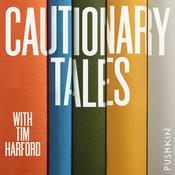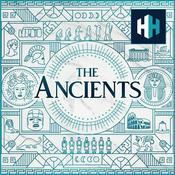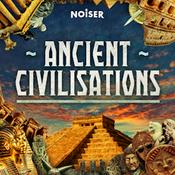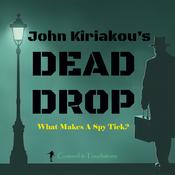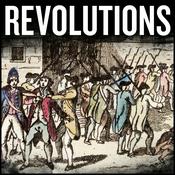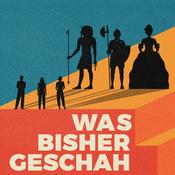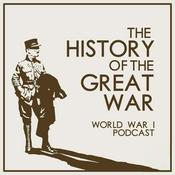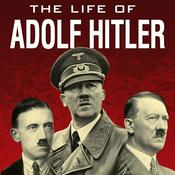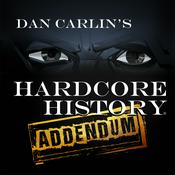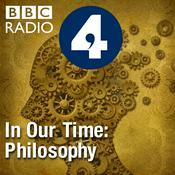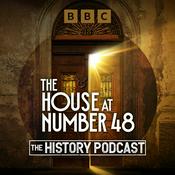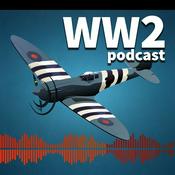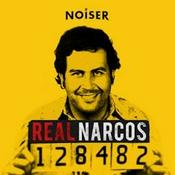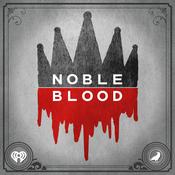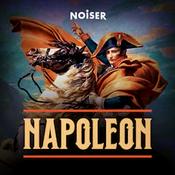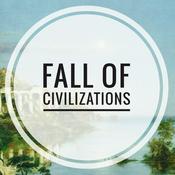Available Episodes
5 of 179
- 178: Grand Canyon Short Stories – Part TwoBy Davy Crockett In May, thousands of hikers and ultrarunners make their pilgrimage to the Grand Canyon to hike or run across this amazing wonder of the world. I have been producing short videos for the new Grand Canyon History YouTube channel. I thought it would be interesting to also publish these as a podcast episode for you to listen to. This is part two. The video versions of these shorts, of course, have many historic pictures to see. Please subscribe to that channel. Some of these shorts come from my best-selling book, Grand Canyon Rim to Rim History. You can get my book on Amazon.--------27:48
- 177: Grand Canyon History Short Stories – Part OneBy Davy Crockett This weekend (mid May each year) the North Rim of the Grand Canyon opened for the season. Thousands of hikers and ultrarunners make their pilgrimage to the canyon to hike or run across this amazing wonder of the world. I have been producing short videos for the new Grand Canyon History YouTube channel. I thought it would be interesting to also publish these as a podcast episode for you to listen to. The video versions of these shorts of course have many historic pictures to see. Please subscribe to that channel. Some of these shorts come from my best-selling book, Grand Canyon Rim to Rim History. You can get my book on Amazon.--------27:18
- 176: Trail Runner Nation Interview about Old Sport CampanaBy Davy Crockett For this episode of the Ultrarunning History Podcast, I included an edited down interview I did with the excellent Trail Runner Nation Podcast. We discussed my new book, Old Sport Campana: Ultrarunning’s Most Popular and Amusing 19th Century Runner. Thanks to Scott and Don for having me on. To listen to the full interview, visit their podcast at trailrunnernation.com episode 726 entitled, "Ultrarunning's Past was Wilder than you Think." You can get my book on Amazon.--------29:19
- 175: The Tarahumara UltrarunnersBy Davy Crockett This episode is a replay of the popular early episode 29, about the Tarahumara runners of Mexico. In recent years, the story of the amazing Tarahumara (Rarámuri) runners from Mexico exploded into international attention with the publication of Christopher McDougall’s best-selling 2009 book, Born to Run. Runners everywhere in 2009 naively tossed their shoes aside for a while and wanted to run like these ancient native Americans from hidden high Sierra canyons in Chihuahua, Mexico. Many other runners left the marathon distance behind, sought to run ultramarathons, and dreamed about running the Leadville 100, which exploded with new entrants. Readers of Born to Run think that the Tarahumara Indians made their debut running in America in 1992. Born to Run features their 1994 race at Leadville, Colorado. It has been falsely claimed that this was the first time that this indigenous people showed up to run outside their native environs. This is not true. Yes, the Tarahumara competed in the U.S. in 1992, but it was not the first time that they displayed their running abilities in the United States. The Tarahumara competed in America more than six decades earlier when they made an even deeper impact on ultrarunning history. Read the entire article about the Tarahumara--------30:55
- 174: Old Sport Campana (1836-1906) – Part SevenBy Davy Crockett In 1889, "Old Sport" Peter Napoleon Campana (1836-1905) returned home to Bridgeport, Connecticut, after his four-month trip to California. His celebrity status had increased because of news stories across the country about how he beat up the unscrupulous race manager, Frank W. Hall (1860-1923). During his ten-year ultrarunning career thus far, he had competed in at least 42 races, including 24 six-day races. As he did each summer, Campana took time away from racing, but frequently made appearances at local sporting events, including foot races. New book! Old Sport Campana: Ultrarunning’s Most Popular and Amusing 19th Century Runner. As I researched for these podcast episodes, I realized that I had enough content for an entire amusing and interesting book. This episode previews chapter eight of the book. To read the entire story of Old Sport, get my new book on Amazon. In July 1889, a policeman, George A. Parker (1853-1926), took a bet to walk from Hartford, Connecticut to New Haven, Connecticut and back, 72 miles in 26 hours. He walked with a young man, Fred Robertson. They finished at Dwight Mitchell’s Saloon in 24.5 hours. “There was quite a crowd in the saloon awaiting the coming of the pedestrians. Conspicuous among them, both on account of his appearance and his senile garrulity, was Old Sport Campana. This old, broken-down warhorse wanted to bet he could cover the distance in sixteen hours. Then he took several turns up and down the long room to show his skill as a pedestrian.” He found no takers of his bet. Parker and Robertson received quite an ovation. Campana published a boxing challenge to the world. “I, Napoleon Campana, alias Old Sport, hereby challenge any man in the world 61 years of age, to fight to a finish, London prize ring rules, for the sum of $500 a side. If this challenge is not accepted, I claim for myself the title of champion of the world.” No one took up the wager, so he must have become the champion boxer of the world. He next issued a challenge to race any man over 60 years in a 100-mile race. Campana was actually 52 years old. It would not have been a fair race. It September 1889, Campana announced that he was in training for his “farewell race in America,” a six-day twelve-hours-per-day race to be held at the Polo Rink in New Haven, Connecticut. Would it really be the last race of his career? He was asked how he made a living. He replied, “I don’t work for a living young feller.” He demanded $250 from the race manager, James L. Meenan, to start in the race but was refused. He left the rink in disgust. Alfred Elson Campana returned later as a spectator and sent a gift to his Connecticut rival, Alfred Elson (1836-1900), who was in the race and was the same age as Campana. It was a cabbage with $5 rolled inside it. “Elson declined to carry the cabbage around the rink, so Sport stuck it on the end of a board and dogged him around the track, holding the cabbage over Elson’s head.” The Street Peddler In October 1889, Campana was hired to sell peanuts at the Danbury, Connecticut Far by Orin L. Bronson (1827-1909). Sales went very well. Bronson claimed that Campana skipped out of town with all the money and intended to have him arrested if he could find him. Campana went to Winstead, Connecticut, where he competed in a five-hour race and came in third with 19 miles. In December 1889, he was seen watching a ten-mile walking race in New Haven. Campana was a sly businessman where the saying “buyer beware,” really meant something. In early January 1890, he dropped into a Bridgeport saloon and exhibited his fruit. He made a sale for 50 lemons. “While he counted the fruit and placed it in a basket belonging to the purchaser, the old man kept up a rambling talk about his races in the past. He kept his tongue moving at a lively rate until he had counted out 50 lemons. He then received his money with a smile and a ‘God bless you, mister,--------26:21
More History podcasts
Trending History podcasts
About Ultrarunning History
Podcast about the history of ultrarunning. An ultramarathon is a running race of 50K (31 miles) or more, up to 3,100 miles. This extreme running sport came into existence during the late 1800s.
Podcast websiteListen to Ultrarunning History, Real Survival Stories and many other podcasts from around the world with the radio.net app
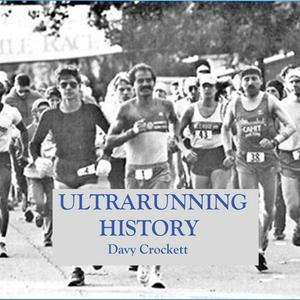
Get the free radio.net app
- Stations and podcasts to bookmark
- Stream via Wi-Fi or Bluetooth
- Supports Carplay & Android Auto
- Many other app features
Get the free radio.net app
- Stations and podcasts to bookmark
- Stream via Wi-Fi or Bluetooth
- Supports Carplay & Android Auto
- Many other app features


Ultrarunning History
Scan code,
download the app,
start listening.
download the app,
start listening.

